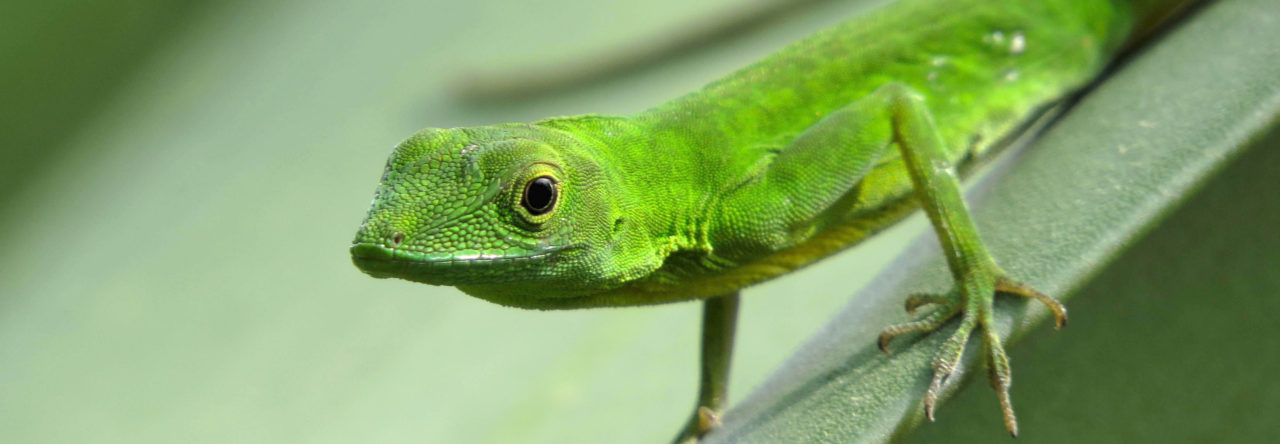Way cool. Check out it her. Based on actual research by Louie Yang and colleagues at UC-Davis.
Here’s the press release about it:
Budding Biologist™’s Lizard Island™ is a fun and scientifically accurate video game for K-5 players to teach observation, measurement and reasoning skills. Lizard Island™ teaches students about ecology by allowing them to catch and tag lizards as they explore multiple islands in the Bahamas. Kayaking from one island to the next, players must capture, mark and measure all the lizards on the island. As players search for lizards, they see the rich biodiversity on each island and can click on plants and animals for more information. Advancing through the levels leads to larger, more complex islands to explore and glean data from.
Based on 30 years of scientific data collected from microislands in the Bahamas the game draws upon research and photographs from scientists at the University of California-Davis. Katy Castronovo, the artist, has combined island photographs with her own artwork to create plant and animal life on the island, including hermit crabs, buttonwood plants, pearl necklace plants, and joewoods. Programmer Walter Hsiao portrays the lizards as realistically as possible in terms of breathing and movement. Lizards have subtle size and pattern changes to help players understand differences among animals of the same species.
Players have three choices for catching lizards. They can use one finger to draw a complete circle around the lizard, they can use a lasso, which works by tilting the tablet in order to get the loop of the lasso around the lizard or they can use their limited number of photos to grab a picture of a sly lizard that is hard to catch. Players must be careful not to scare the lizard with movements that are either too fast or too slow, and the more time a player spends trying to catch an individual lizard, the more the lizard become skittish. Lizards can only be caught if the player is zoomed all the way in, accomplished by using two fingers and spreading them apart. To have a view of the island as a whole, players can use two fingers to pinch together and zoom out. Zooming out gives players a sense of the size of the island and gives clues for where the lizards may be hiding, since they are often found under plants.
A bar along the bottom of the screen fills with color as a player catches more lizards, so players can guess how far along they are for their level. The number of lizards increases as players reach higher levels. Once a lizard is caught, the player discovers information about the lizard, such as sex and health. Players measure the lizard themselves so they can compare sizes of lizards on different islands. Players then tag the lizard by selecting a paint color that appears on the lizard’s back. Players will have the ability to view statistics about the lizards they have caught: how many on each island, the sex of the lizards, lizard sizes, and lizard territories. They record this data in their field notebook, as well as facts and observations about the lizards. Players can also observe and learn about the other plants, animals and insects. They can record these observations and the facts they learn about the other organisms in their field notebook. For added fun, the longer the player spends on the island, the more likely they are to get pooped on by a bird flying overhead!
- Evolution in Real Time on Lizard Island - March 23, 2025
- Spider Snags Adult Anolis osa - March 22, 2025
- An Homage to the Green Anoles of New Orleans - March 21, 2025


K. Sargent
Sounds great & for kids of all ages 🙂 Keep up the good work 🙂